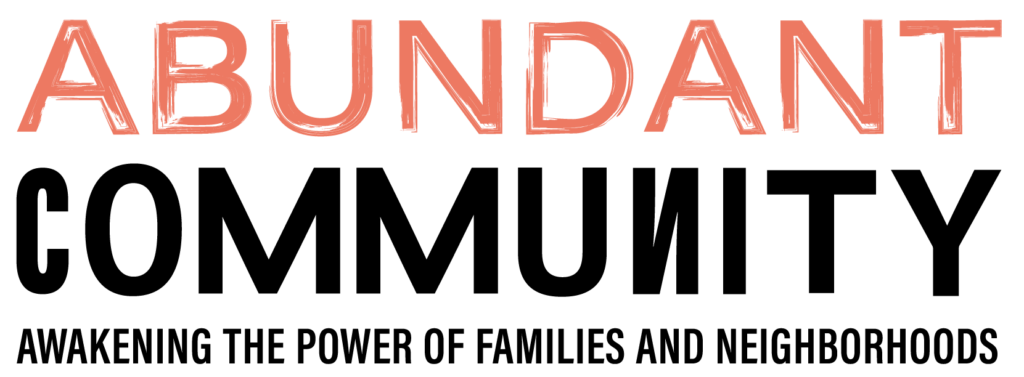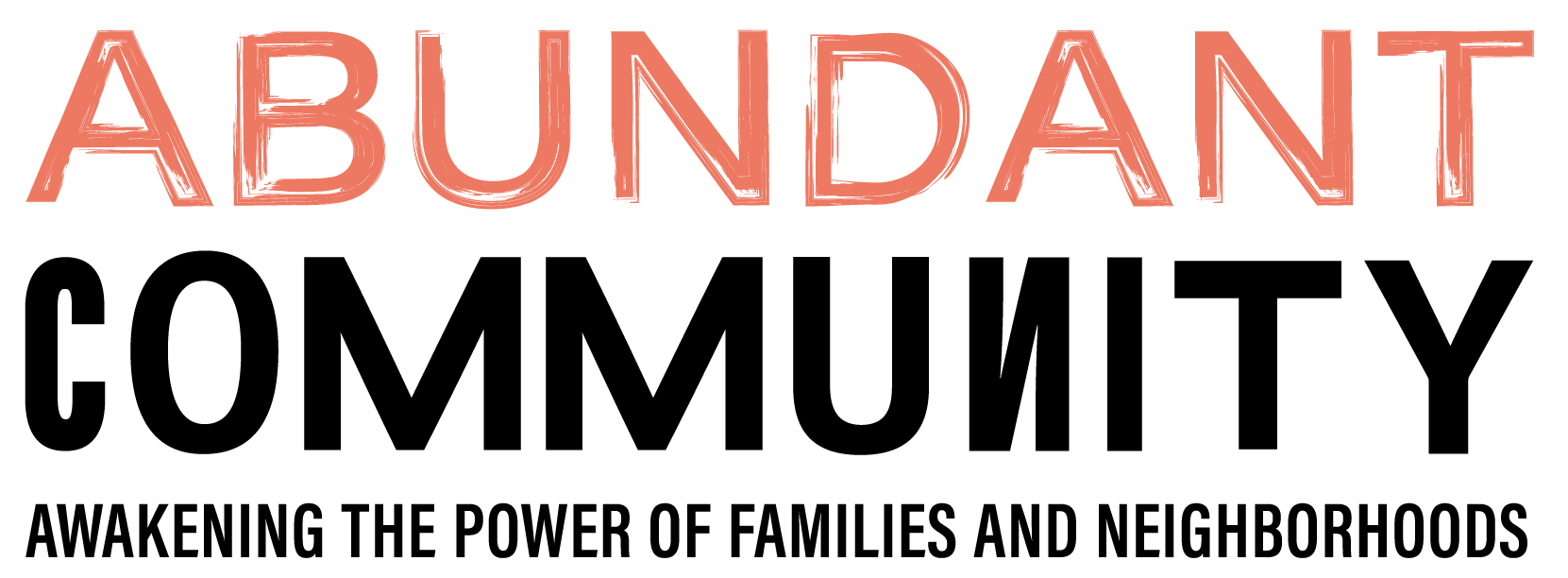When residents are genuinely at the center of community building, a different process unfolds. Relationships become the centerpiece of the work. This is because for residents community building is personal — it’s about their children, their families, their homes, their neighbors and their streets. It is about making their day-to-day lives better in real time.
Resident-centered community building means building and maintaining three types of relationships:
- Relationships between residents ~ One on one, personal relationships among neighbors
- Relationships between residents and neighborhood institutions ~ Residents’ relationships with people who work in institutions that affect their daily lives, such as schools and police departments
- Relationships between residents and community change agents ~ Residents’ relationships with individual and institutions that are leading community improvement effects, sometimes from inside the neighborhood as locally embedded change agents and sometimes from the outside as funders, intermediaries or public servants
“Community building is like making a Lego house,” says Brett Lipshutz of Milwaukee. “You have to have all the pieces, and you can’t just throw them together. You have to build it in such a way that it creates a structure that sustains. The way you do that is through creating networks, and the way you create networks is through building relationships with people one at a time. The architecture was planned from the very beginning: creating all those tiny little relationships created that building.”
Read about keeping relationships at the center while using four basic building blocks in this approach to community building in Resident-Centered Community Building: What Makes It Different? The article was co-authored by Tom Dewar who talked in his April 16 conversation with Peter about different ways of thinking about what local initiatives mean and how to support them.
Related:
Home page image: Holger Zscheyge


